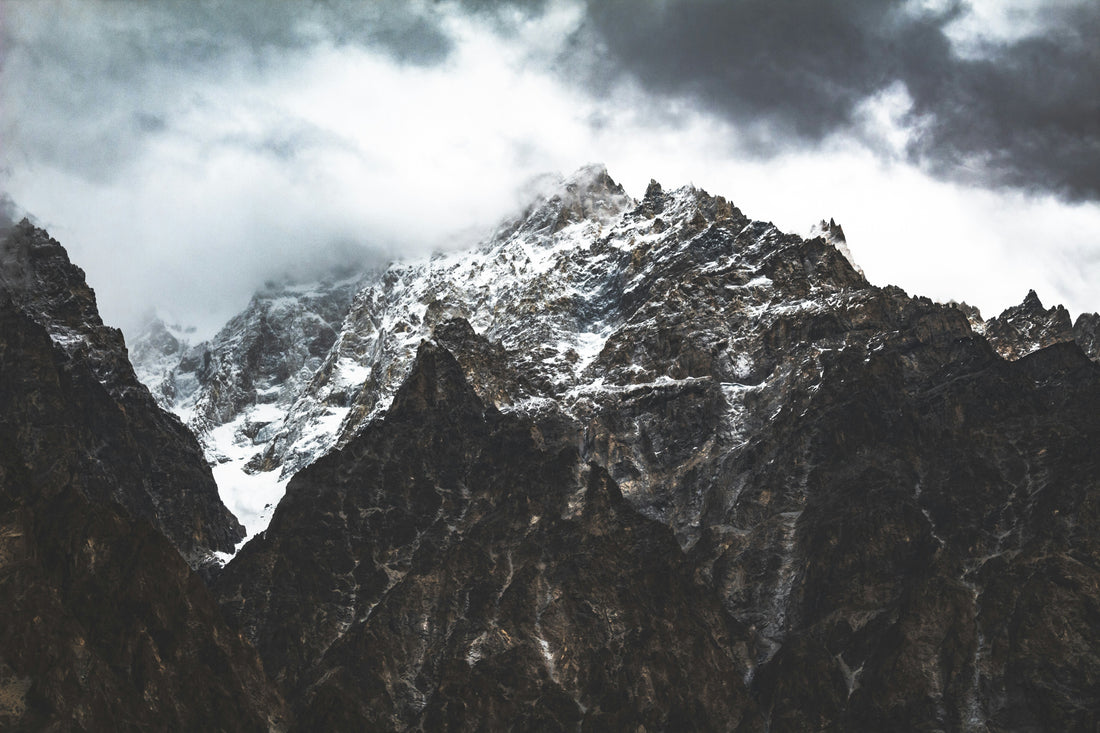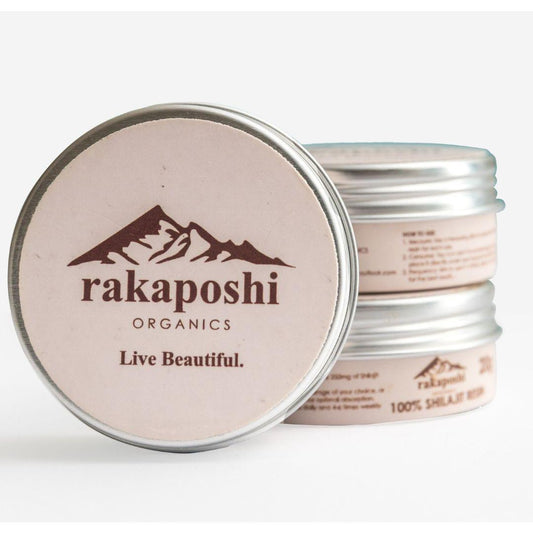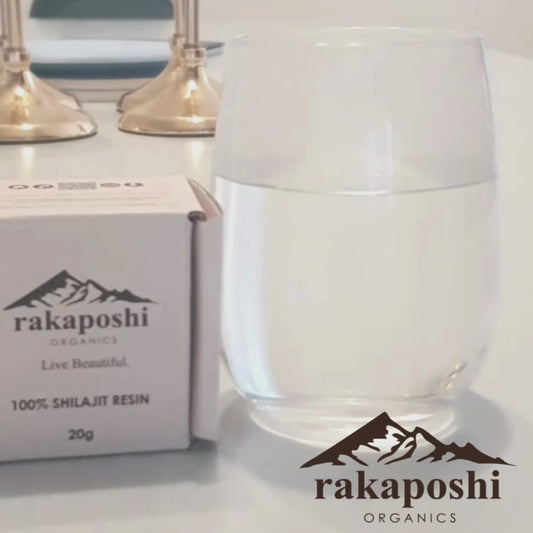
Exploring the Heart of Gilgit-Baltistan: A Journey Through Skardu and Hunza Valley
Share
In the remote reaches of Pakistan's Gilgit-Baltistan region lie two of the most captivating destinations for the discerning traveler: Skardu and Hunza Valley. These regions, though distinct in their cultures, landscapes, and histories, share a common thread of breathtaking beauty, ancient traditions, and a serene way of life that beckons those in search of an unforgettable escape.
Skardu: The Crown Jewel of Gilgit-Baltistan
Skardu, a city steeped in history and natural splendor, is the gateway to some of the world’s highest peaks, including the formidable K2. Nestled at the confluence of the Indus and Shigar Rivers, Skardu is a vibrant tapestry of diverse ethnicities, languages, and religious practices. The city's population of 214,818 is a rich mosaic of cultures, with Balti, Shina, Wakhi, Burushaski, Khowar, Domaki, and Urdu spoken among its residents.
The cultural landscape of Skardu is as diverse as its linguistic profile. The majority of the Balti population practices Nurbakhshi Shiism and Sufism, while other areas, such as Diamir, have a Sunni majority, and Ghizar is predominantly Ismaili. This blend of beliefs creates a unique spiritual atmosphere, reflected in the city's architecture, traditions, and daily life.

Skardu, Pakistan - photo credit
One of Skardu's most iconic landmarks is the Skardu Fort, also known as Kharpocho Fort, which offers a glimpse into the region’s storied past. The fort, perched on a rocky outcrop overlooking the city, is a testament to the region's strategic importance and historical significance. Within its walls lies a mosque dating back to the 16th century, marking the arrival of Islam in the region.
Skardu's natural beauty is equally compelling. The city is surrounded by some of the most dramatic landscapes on Earth, from the pristine waters of Lake Kachura to the rugged beauty of the Mantokha Waterfall. The Buddha Rock, a relic of the region’s Buddhist past, stands as a silent sentinel, carved with images that tell tales of a bygone era.
One cannot mention Skardu without paying homage to the Deosai National Park, often referred to as the “Land of Giants.” This high-altitude plateau, located between Skardu, Astore, and Kharamang districts, is one of the highest in the world, with an average elevation of 4,114 meters (13,497 ft). The Deosai Plains are a haven for wildlife, including the elusive Himalayan brown bear, and offer panoramic views that stretch as far as the eye can see.
For those seeking to explore Skardu’s hidden gems, the Lower and Upper Kachura Lakes provide a tranquil escape, while Sadpara Lake and Shigar Valley offer opportunities for adventure and reflection. The Katpana and Sarfaranga Cold Deserts, with their shifting sands and surreal landscapes, are a photographer’s dream, while the Jarbaso Lake and Soq Valley invite visitors to lose themselves in nature's embrace.
Hunza Valley: A Paradise on Earth
Further north, the majestic Hunza Valley unfolds like a painting, its snow-capped peaks and verdant valleys a striking contrast to the rugged terrain of Skardu. Known as "Heaven on Earth," Hunza Valley was formed by glacial action during the last Ice Age, and its landscapes bear the marks of this ancient origin. Situated at an elevation of 2,438 meters, the valley is a pristine jewel in the crown of Pakistan's Upper North, bordered by the Wakhan Corridor to the west and the Xinjiang region to the north.
Hunza’s cultural richness is as captivating as its natural beauty. The valley is home to the Burusho people, who speak Burushaski, a language that has no known relatives and is unique to the region. The majority of Hunza's residents are Ismaili Shia Muslims, followers of Prince Karim Aga Khan IV, whose influence is evident in the valley's emphasis on education, health, and community development.

Hunza Nagar, Pakistan - photo credit
Hunza's villages, including Karimabad, Aliabad, Ganish, Gulmit, and Altit, are bastions of tradition and longevity. The valley is renowned for the exceptional longevity of its inhabitants, with many living well into their nineties, a fact often attributed to the region's clean air, pure water, and a diet rich in fruits, particularly apricots.
One of the valley's most significant historical landmarks is Altit Fort, which has stood for over 900 years. This ancient stronghold, perched on a cliff with sweeping views of the valley, offers a glimpse into the region's past, where strategic fortifications were essential for survival. Nearby, the Baltit Fort, equally historic, stands as a symbol of the valley's resilience and ingenuity.
Hunza is a land of vibrant colors, where the soft blossoms of apricot trees contrast with the stark white of snow-covered peaks. The Rakaposhi, a towering peak that dominates the valley, is both a natural wonder and a cultural icon, its name synonymous with the valley’s beauty and grandeur.
The valley's commitment to education and community well-being is reflected in its impressive literacy rate of 95%, one of the highest in Pakistan. This focus on education, coupled with the valley’s breathtaking landscapes, has made Hunza a beacon of progress and enlightenment in the region.
For the adventurous traveler, Hunza offers a wealth of experiences, from trekking to the Fairy Meadows and Nanga Parbat base camp to exploring the ancient Buddhist heritage of the Kharga Buddha. The valley's lakes, including Borit Lake and the azure waters of Attabad Lake, provide opportunities for water sports, while the Passu Glacier and the leopard trail in Shishkat offer unparalleled encounters with nature.

Attabad Lake, Pakistan - photo credit
Embarking on an Enchanting Adventure
Skardu and Hunza represent two facets of Pakistan's northern beauty, each offering a unique blend of natural wonders and cultural richness. Whether you're drawn to the high-altitude plains of Deosai or the lush green valleys of Hunza, these regions promise an adventure that transcends the ordinary. The diverse landscapes, historical sites, and vibrant cultures make Skardu and Hunza not just destinations but immersive experiences that captivate the soul.
As you traverse these majestic regions, you'll discover that the true essence of Skardu and Hunza lies in their ability to connect visitors with the timeless beauty of the Himalayas and the enduring spirit of their people. These valleys, with their unique blend of natural and cultural wonders, provide a journey that is both inspiring and rejuvenating, offering memories that linger long after the journey ends.



